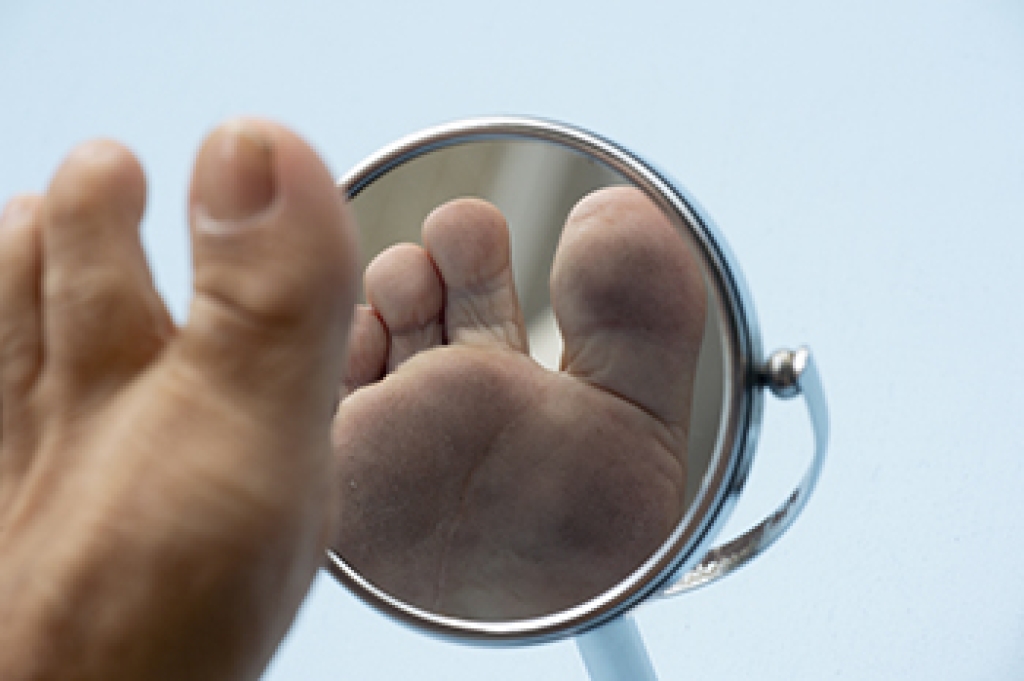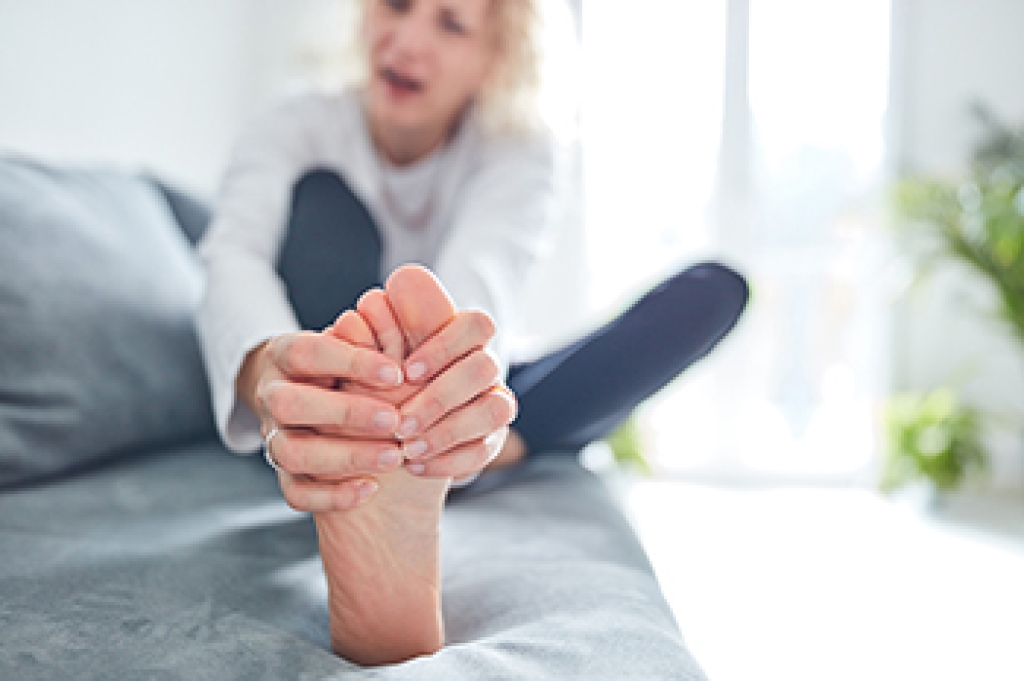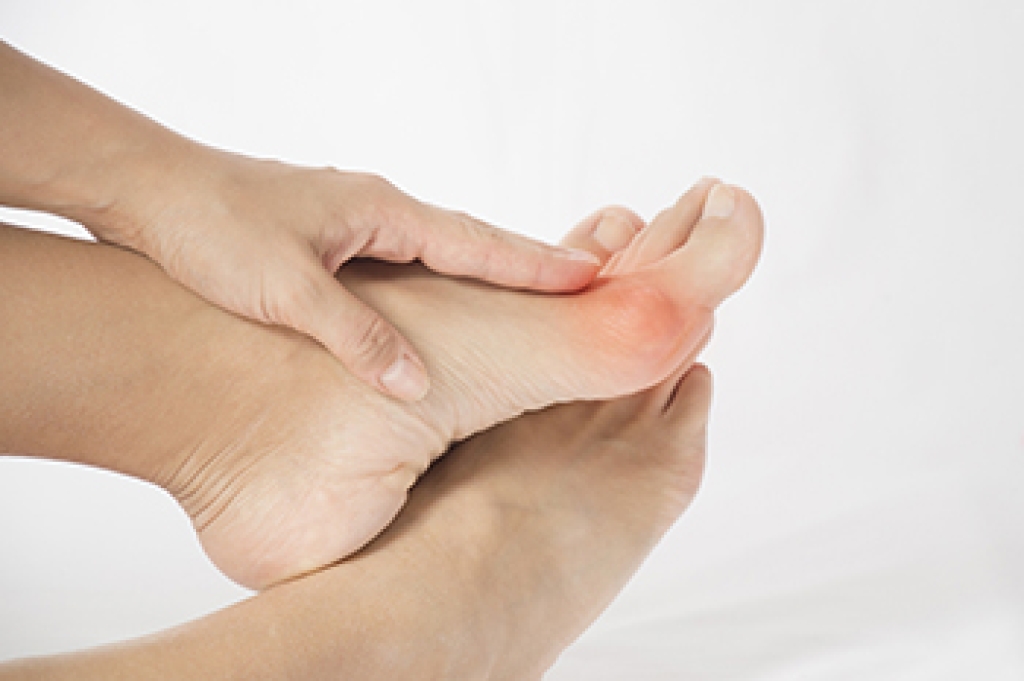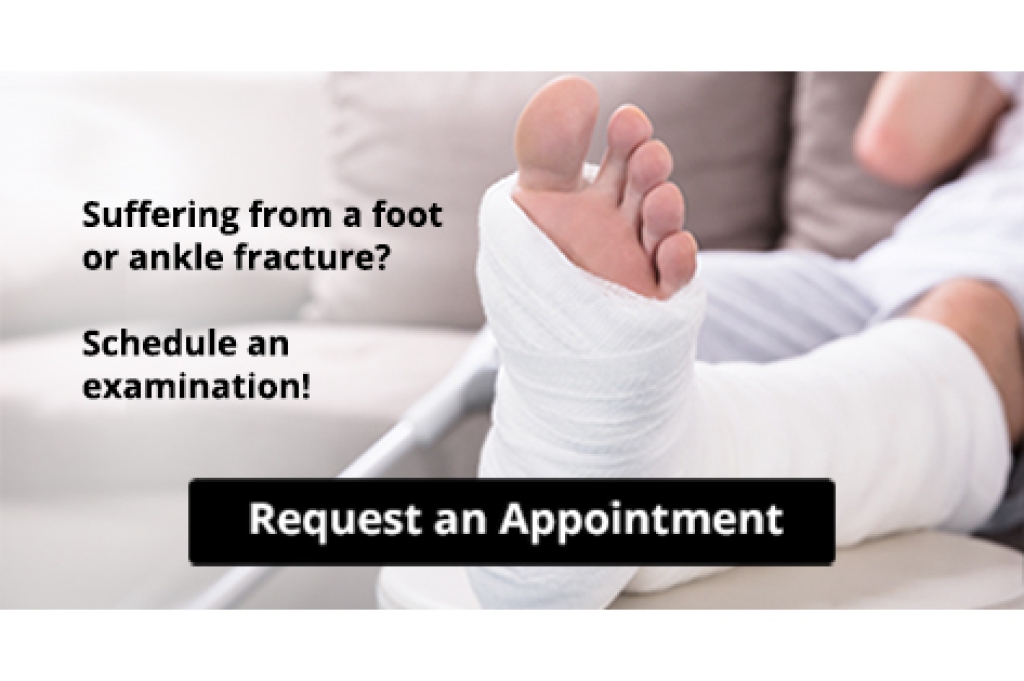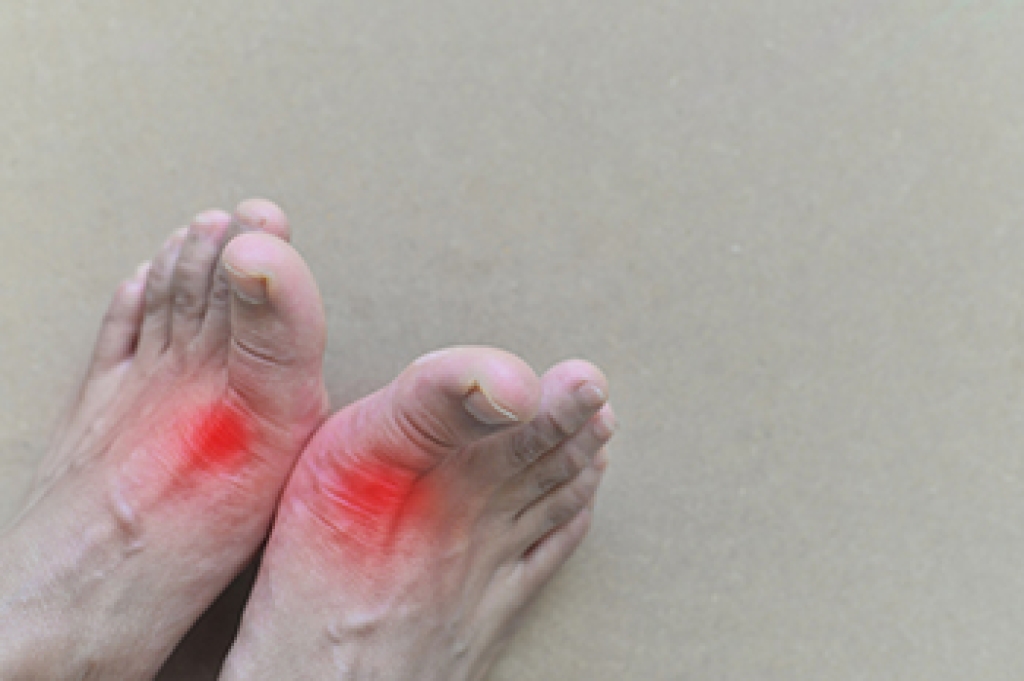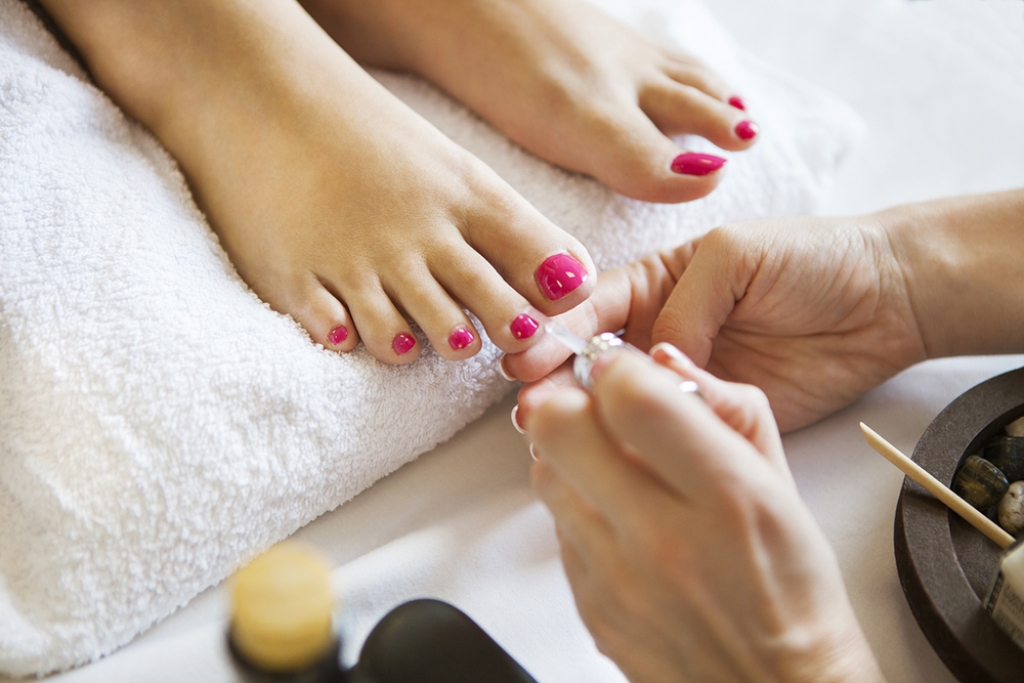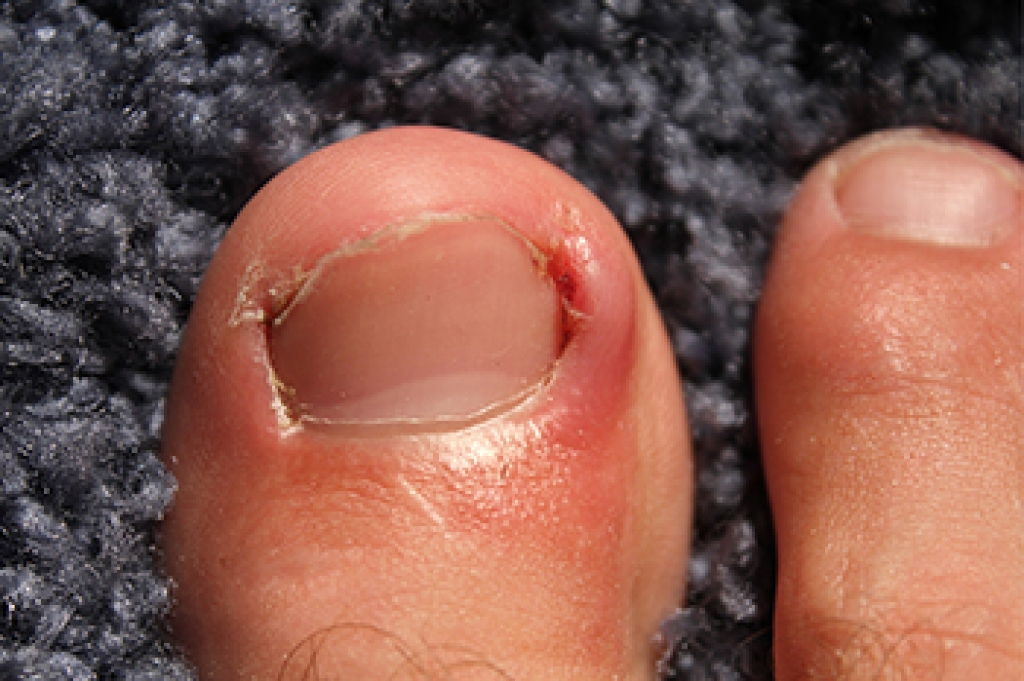
Flip flops are one of the most popular summer shoes available. They are simply made and are constructed of a flat sole which is connected to a Y-shaped strap that slides between the big and second toes. Their increased popularity is a result of easy wearing, and they are available in different colors. Flip flops date back as early as 4,000 years ago, and have been made from various materials as the generations evolved. They became associated with beach living in the 1960s and are worn by people from all walks of life. Additionally, they are affordable and are generally made from inexpensive materials. They are typically lightweight, comfortable, and easy to slip on and off. In addition to allowing the feet to breathe, flip flops may provide an overall relaxed feeling in the body. If you would like to know about the benefits of wearing flip-flops, it is suggested that you consult with a podiatrist who can provide you with the information you are seeking.
Flip-flops are not always the best choice of footwear. If you have any concerns about your feet or ankles, contact Wendy L. Grossman, DPM from New Jersey. Our doctor will assist you with all of your foot and ankle needs.
Flip-Flops and Feet
When the weather starts warming up, people enjoy wearing flip-flops. Flip-flops are comfortable, stylish, and easy to slip on and off; they're perfect for any summer beach goer. However, these shoes can cause harm to the feet.
How Can Flip-Flops Affect Me Long-Term?
- Ankle problems
- Hip problems
- Lower back problems
- Pain in the balls of the feet
- Problems with foot arches
- Changes in the way you walk
Are There Injuries Associated with Flip-Flops?
Yes. Since flip-flops are relatively weak and do not provide the same amount of support as sneakers, people who wear flip-flops regularly are more susceptible to injuries. On top of that, the open nature of the shoe makes your feet more prone to other problems, such as cuts and even infections. Common injuries and ailments include:
- Sprained ankles
- Blisters
- Infections
- Cuts and Scrapes
I like Wearing Flip-Flops. Are There Safe Alternatives?
When buying flip-flops, try to find ones that have sturdy soles and that are made of high-quality materials that will support for your feet. These flip-flops will cost more but will also last longer as a result.
If you have any questions, please feel free to contact our office located in Bloomfield, NJ . We offer the newest diagnostic and treatment technologies for all your foot care needs.
